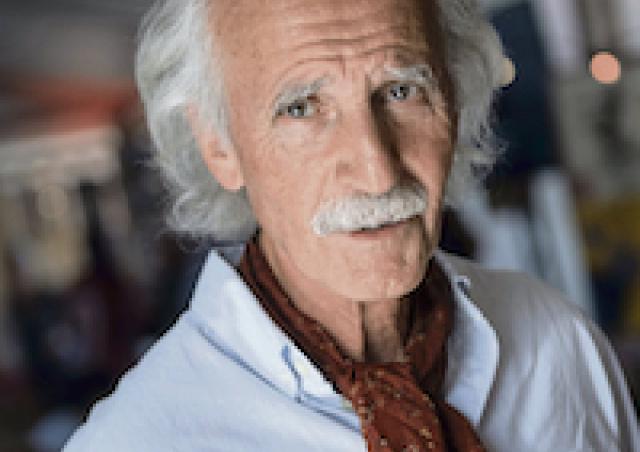Supervisor Florence Margottin-Goguet, team Retrovirus, Infection and Latency
Abstract
Despite the effectiveness of antiretroviral therapies, the human immunodeficiency virus (HIV), the agent of AIDS, remains a major public health problem worldwide. This is because treatment is not curative due to the persistence of proviral DNA integrated into the host genome in a latent state. The HUSH complex (composed of TASOR, MPP8 and periphilin) represses HIV-1 expression from its promoter by inducing both the propagation of repressive epigenetic marks and the degradation of the transcript. This activity of HUSH is counteracted by some lentiviral lineages. For example, Vpx from HIV-2, one of the two human HIV viruses, or Vpr from simian lentiviruses (SIV), inactivate HUSH by proteasomal degradation, thereby inducing an increase in viral expression. These data highlight a key role of HUSH in the molecular battle between the virus and its host. In 2017, the MORC2 (Microrchidia family CW-type zing finger 2) protein was found to play a critical role in the epigenetic repression of cellular genes by HUSH. MORC2 is a chromatin remodeling protein implicated in the Charcot-Marie-Tooth disease and several cancers. The aim of my thesis was to determine whether MORC2 is involved in the life cycle of HIV-1 and HIV-2 in cooperation or not with the HUSH complex. Our results show that MORC2 is (i) a cellular protein involved in a genetic conflict during primate evolution due to the presence of sites under positive selection, and (ii) an antiviral protein repressing HIV in two models of HIV-1 latency (J-LatA1 and latently infected jurkat T cells). While HIV-2 Vpx induces HUSH degradation, the presence of the viral protein leads to an increase of MORC2 levels. This increase may have some biological relevance, which could be for example to compensate the degradation of HUSH by Vpx. We also show that MORC2 is essential for HUSH (and vice versa) to repress an incoming virus upon infection. Nevertheless, once the proviral DNA is integrated into the host genome, MORC2 appears to be able to maintain repression alone without HUSH. Moreover, the antiviral activity of MORC2 operates at two levels: transcriptional and also post-transcriptional through cooperation with the CCR4-NOT complex. In conclusion, our data allow us to propose that MORC2 is a novel HIV restriction factor, operating both with and without HUSH. We also speculate that MORC2 may serve as a gatekeeper of intrinsic immunity by maintaining viral repression following HUSH inactivation by Vpx and, more generally, as a gatekeeper of genomic integrity under different types of stress.











